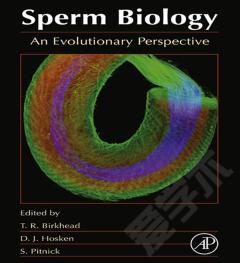The Evolution of Sex Determination
Female mice reject skin grafts from intrastrain males because of the H-Y transplantation antigen. Those females produce antibodies that recognize a male-specific cell-surface antigen in serological tests. The serological antigen has also been called `H-Y9, but there is evidence that the two antigens are distinct. We therefore refer to the transplantation antigen as H-Yt, or transplantation H-Y, and to the serological antigen as serological H-Y, or simply H-Y, without prejudice whether these are the same or related or separate antigens. In this study, sex-specific expression of serological H-Y antigen was found in 25 new vertebrate species representing each of seven major vertebrate classes. There was a strong correlation between expression of H-Y and occurrence of the heterogametic-type gonad, although unusual patterns of H-Y expression were noted in cases of temperature-influenced sex determination and in systems representing possible transition from one mode of heterogamety to the other. Male and female heterogamety are found side-by-side in certain freshwater toothed carps; and distinct sex chromosomes have been recognized in certain amphibians, even though they are not apparent in certain reptiles and primitive birds. In seven ophidian species, in which the female is the heterogametic sex, H-Y was detected in the female; and in three species of Ranidae in which the male is heterogametic, it was detected in the male. In three species of cartilaginous fish and in one of the cyclostomes, in which heterogamety has not been ascertained, H-Y was detected in the male, suggesting that those primitive fishes are male-heterogametic. Evidently, then, heterogamety and sex-chromosome heteromorphism are polyphyletic, although certain sex-determining genes may be held in common among the diverse taxonomic groups.
{{comment.content}}








 京公网安备 11010802027623号
京公网安备 11010802027623号